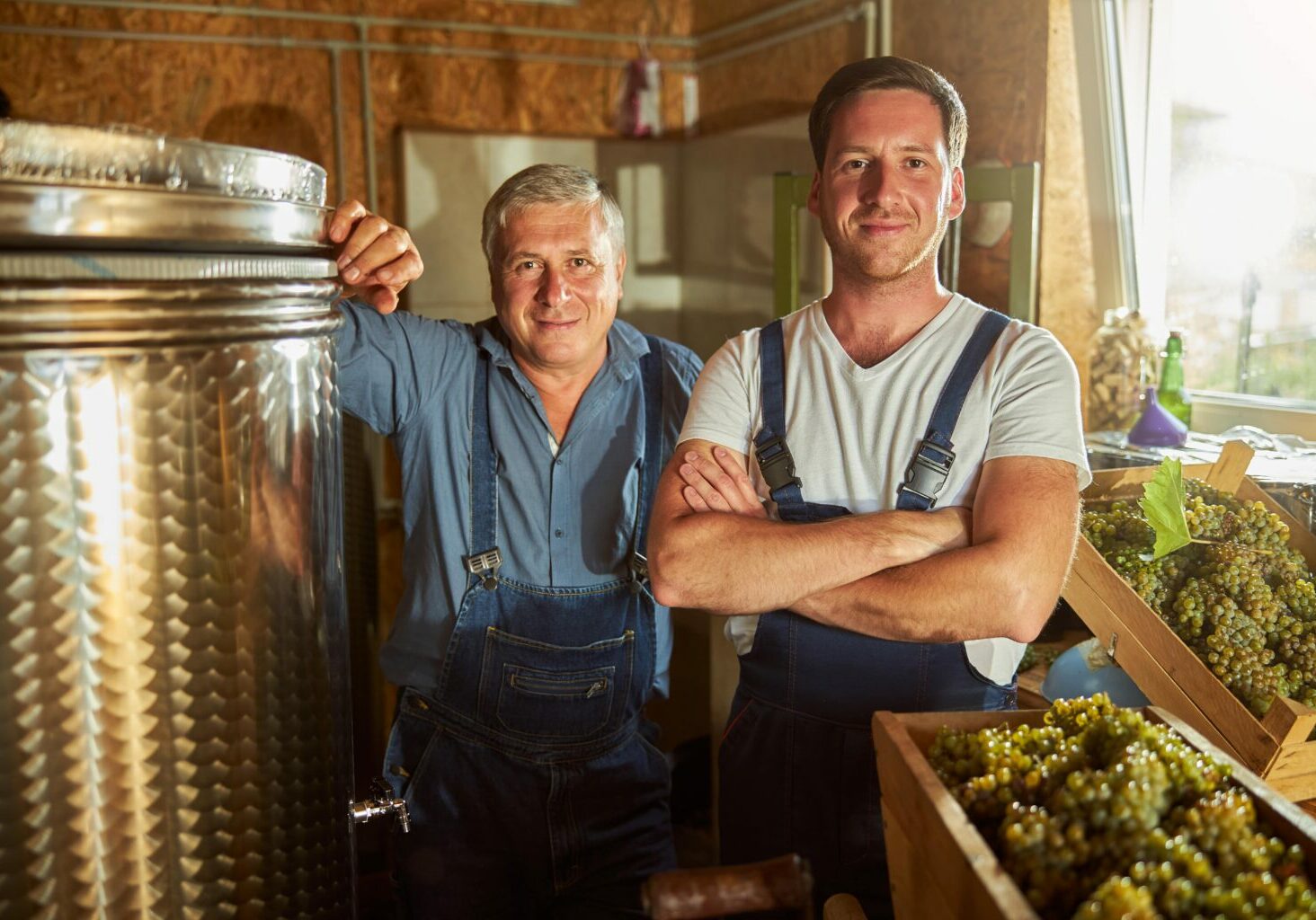Last Updated on June 24, 2021 by

The global wine market is experiencing significant growth. It is projected to be worth more than $200 billion in 2025. The vintners who supply wine to the public can’t do it on their own. They rely on a network of suppliers who help them age, bottle, and distribute their wines.
If you want to be a trusted supplier (and take advantage of this growing market), you need to understand how to reach winemakers, which is where the wine marketing guide comes into play. You need to reassure them that your products and services represent the solutions they need as they continue to grow.
In this short guide, you’re going to learn how to specialize your marketing efforts to attract and serve wineries. Whether you supply barrels, bottles, corks, or the equipment they need to produce at scale, the following tips will help you reach your target audience:
- Stay Up-to-Date on the Priorities of Vinters
- Advertise in Places Vinters Congregate
Stay Up-to-Date on the Priorities of Vintners
To market your products to vintners, you need to understand what they’re facing. Wineries are facing many challenges that are unique to their industry. By focusing on the biggest trends, you can focus your advertising and communication on what’s likely to matter most.
For example, one big trend that you should pay attention to is the rise of new wineries. The number of wineries in the US has grown by more than 50% since 2009.
This figure means that many people producing wines are still learning the process and finer points of the business.
That could affect their motivations in critical ways. They may be a lot hungrier for deals that will keep their fledgling operations running profits. They may also be desiring smaller bulk order sizes than you currently offer. You could determine this by testing.
They’re also likely to be more receptive to the advice that experienced suppliers can provide. This is important to note. We’ll be discussing how content marketing can address this opening a little further down in the guide.
Another trend that may play a role in marketing to vintners is the struggle they’ve faced to interest millennials and zoomers. They may finally be making some ground on that demographic, and it’s going to play a significant role in their future decisions.
Many of these younger wine drinkers have yet to develop loyalty, and wineries will want to take advantage of that. As a supplier, you could work on ways to help them do that.
These younger drinkers could create an opening for suppliers who are developing innovative products. For example, Millennials are a lot more receptive to alternative packaging than older generations.
The combination of wineries with thin margins and millennials who are OK with buying wine in boxes is an opportunity for any supplier.
Promote Yourself by Offering Guidance
Like all other industries during the last couple of years, the wine industry’s marketing has shifted heavily toward content marketing and social media marketing.
These modern forms of marketing are essential to reach wineries, especially as younger, tech-savvy owners increasingly lead new wineries.
Content marketing
Content marketing is a type of marketing where you share online materials but do not explicitly promote your brand. Content marketing is usually pursued in addition to traditional advertising to serve people (notably younger people) who are resistant to ads.
Many of the most successful content marketing plans are focused on educating the target audience. Many active wineries have only been in the business for a few years. This strategy may be beneficial and useful for them.
You can use a blog section on your site or a social media profile to share wine business advice that gently emphasizes how to make the most of the products you sell. For example, if you were a bottle maker, you could publish topics like:
- “What’s the Right Pressure for Bottling Wine?”
- “The Important Differences Between Corks and Screw-Top Lids”
- “What Angle Should Wine Bottles Be Stored at When Aging”
- “What’s the Best Color of Wine Bottle to Use”?
You could use all of these topics to push the unique features of your products gently. For example, if you use a stronger tempered glass than some competitors, you could mention that fact in the first example topic.
Social media marketing
Social media marketing is another modern form of marketing that emphasizes entertaining and forming relationships with the target market through social media platforms.
Like content marketing, it is not intended to advertise to people directly. However, it also doesn’t operate quite like content marketing. Social media marketing is much more about creating a positive presence in the community.
The following are some of the ways that you could take advantage of a social media account to communicate the value of your brand indirectly:
- Provide public “customer service” by responding to people who ask questions about your brand or products
- Show off your products with professional photography that emphasizes their value
- Cheer on your current clients when they post content that mentions or
- Follow and engage with wineries that have a social media presence
- Commiserate with people who complain about problems they’re having with competitors
Reach Vintners and Grow with Them
The wine industry is expected to grow significantly in the next few years. With these tips, you’re ready to grow with the companies providing these wines to the market.
Remember that you always need to be aware of the pressures and opportunities that winemakers are facing. You also need to direct your advertising to the places where they’re most likely to see it.
Don’t forget to take advantage of the significant changes in communication. Using the combined power of content marketing and social media marketing, you can establish yourself as a helpful and powerful voice.
